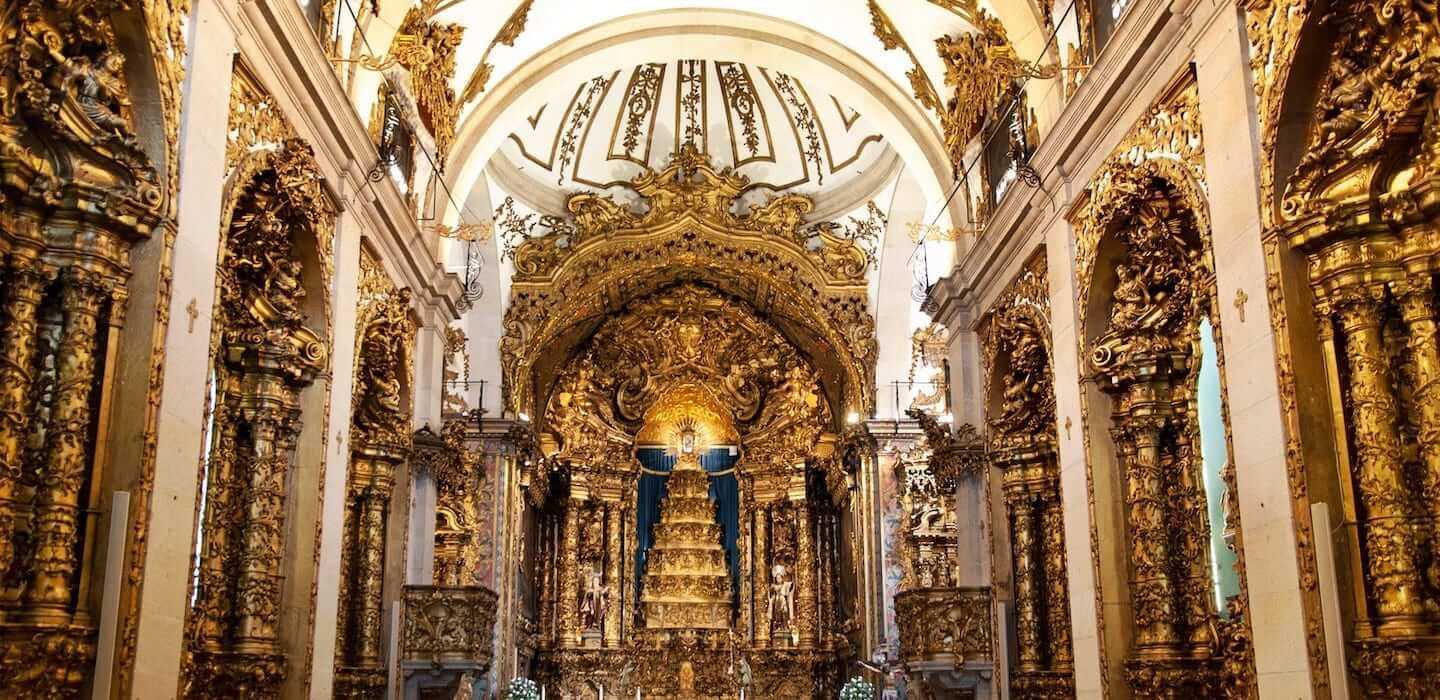Exploring the Church of Saint Francis in Porto
Nestled in the heart of Porto, Portugal, the Church of Saint Francis is a stunning example of Gothic architecture with a rich history that dates back to the 14th century. This iconic landmark is not just a place of worship but also a testament to the artistic and cultural evolution of the city. Whether you’re a history buff, an art enthusiast, or simply a curious traveler, a visit to this church offers a unique glimpse into Porto’s past and present.
Architectural Marvel
The Church of Saint Francis is renowned for its breathtaking architecture. Originally built in the Gothic style, the church underwent significant Baroque renovations in the 17th and 18th centuries. As you approach the church, you’ll notice its imposing façade, which is relatively simple compared to the opulent interior. Once inside, prepare to be amazed by the intricate wood carvings that adorn the walls and ceilings. These carvings are covered in gold leaf, creating a dazzling effect that has earned the church the nickname “The Golden Church.”
The main altar is a masterpiece of Baroque art, featuring elaborate sculptures and gilded decorations. The church’s interior is a feast for the eyes, with every corner offering something new to admire. Don’t miss the Tree of Jesse, a stunning wooden sculpture that depicts the genealogy of Christ. This piece is considered one of the finest examples of Baroque woodwork in Portugal.
Historical Significance
The Church of Saint Francis is not only an architectural gem but also a site of great historical importance. It was originally part of a Franciscan convent, and its construction began in 1383. Over the centuries, the church has witnessed numerous historical events and has played a significant role in the religious and cultural life of Porto.
During the Siege of Porto in the early 19th century, the church was used as a base by the Liberal forces. This period of conflict left its mark on the church, and you can still see some of the damage from cannonballs on the exterior walls. Despite these scars, the church has been meticulously preserved and restored, allowing visitors to step back in time and experience a piece of Porto’s history firsthand.
Practical Tips for Visiting
When planning your visit to the Church of Saint Francis, there are a few practical tips to keep in mind to make the most of your experience. The church is located in the historic Ribeira district, a UNESCO World Heritage site, making it easily accessible by foot or public transportation. If you’re driving, be aware that parking in this area can be challenging, so consider using public transport or a taxi.
The church is open to visitors daily, but it’s a good idea to check the opening hours in advance, as they can vary depending on the season. There is a small entrance fee, which includes access to the church, the museum, and the catacombs. The museum houses a collection of religious artifacts and provides additional context about the church’s history and significance.
Photography is allowed inside the church, but be respectful of the space and other visitors. The church is still an active place of worship, so it’s important to dress modestly and maintain a quiet demeanor during your visit. Guided tours are available and can enhance your understanding of the church’s history and art, but you can also explore at your own pace if you prefer.
